These days, purple, red, yellow, and white carrots are all the rage. But vibrant colored varieties are nothing new. Indeed, carrots have a colorful past. This root crop, which hails from Afghanistan, was originally purple, black, red, white, and green. It wasn’t until the 17th century when the Dutch cultivated what is now considered the traditional carrot color by combining a red variety with a yellow one. The result was an orange root vegetable that was sweeter and less “woody” than its colorful predecessors.
What Gives A Carrot Its Color?
What makes an orange carrot orange? Simply put, this root vegetable receives its iconic orange color from beta-carotene, a pigment and antioxidant that helps neutralize the harmful effects of free radicals that contribute to cellular damage.
Yellow carrots, on the other hand, derive their color from xanthophylls and lutein, which, like beta-carotene, are types of carotenoid antioxidants. Carotenoids are the pigments that give vegetables, fruits, and flowers their bright yellow, red, and orange color. Xanthophylls and lutein are important for eye health.
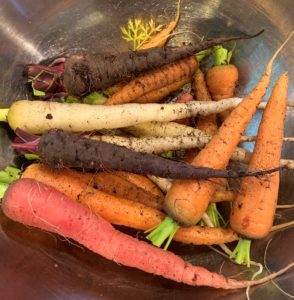
Red carrots contain lycopene, also a carotenoid. Lycopene is what gives tomatoes and watermelon their red color. It helps reduce the risk of heart disease, fights infections, reduces neuropathic pain, and is good for brain health.
White carrots lack pigmentation, but they contain fiber and phytochemicals that work in conjunction with nutrients to defend against diseases.
Purple carrots get their vibrant color from anthocyanins, which are a type of flavonoid antioxidant. Anthocyanins are thought to help protect the liver, reduce inflammation, and help regulate blood pressure. Similarly, black carrots also contain anthocyanins.
Interestingly, the outside color of the carrot does not always correspond to the inside color. Some purple carrots are purple on the inside, while others are yellow-orange, red, or even white, depending on the amount of anthocyanins.
While carrots get their color from naturally occurring pigments, there are other factors that can affect their color as well. For example, carrots grown during the spring and summer months, when the temperatures are warmer, often produce more vibrant hues than those grown in the fall and winter. But if temperatures exceed 70°F (21°C) or fall below 60°F (15°C), the color will be diminished. In addition, too much water and fewer hours of daylight can also lessen a carrot’s color.
Does Color Affect the Way Carrots Taste?
Does the color of a carrot affect its taste? The answer is yes and no. All colors of carrots taste, well, like carrots, but there are some subtle differences between them. These differences depend on the variety of the carrots and whether they are eaten raw or cooked since cooking minimizes the difference in taste. Generally speaking, however, red carrots have a flavor similar to that of orange carrots, while white carrots are said to taste less earthy than orange carrots and sweeter than red and purple carrots. Purple carrots that maintain their purple color on the inside can sometimes have a very subtle peppery flavor, somewhat like a mild radish, that is more noticeable when it is eaten raw.
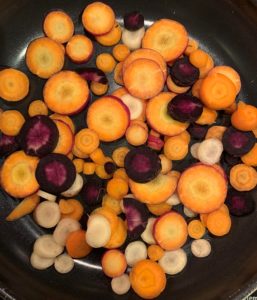
What affects the taste of carrots more than their color, in my opinion, is whether or not they are homegrown. I conducted an informal experiment comparing the four organically grown carrot varieties from my garden with an organic variety I purchased from a local health-oriented grocery store. The handful of participants all agreed that the homegrown carrots tasted sweeter and better than the commercially grown carrots, with the latter having a much heavier earthy carrot taste.
The four varieties that I grew were: Kaleidoscope Blend and Nantes Half Long, both by Burpee, and Carnival Blend and Danvers 126, both by Botanical Interests. Kaleidoscope Blend and Carnival Blend are, as their names imply, a blend of different carrot varieties including red, orange, purple, white, and yellow carrots. The Danvers 126 and Nantes Half Long are orange varieties. The store-bought variety was, according to the grower whom I contacted, either Choctaw or Maverick.
While this taste test was just for fun and no hard and fast conclusions can be made, it may encourage you, or someone you know who isn’t particularly fond of the way carrots taste, to give this root crop another try. This time plant different varieties and colors. Then conduct your own taste test. You may be surprised at how much you like carrots, after all!
If you would like to learn more about how to grow carrots, check out my article entitled, How to Grow Carrots in Beds or Containers.
Thank you for reading this article! If you found it helpful, please consider sharing it with others via email or social media!
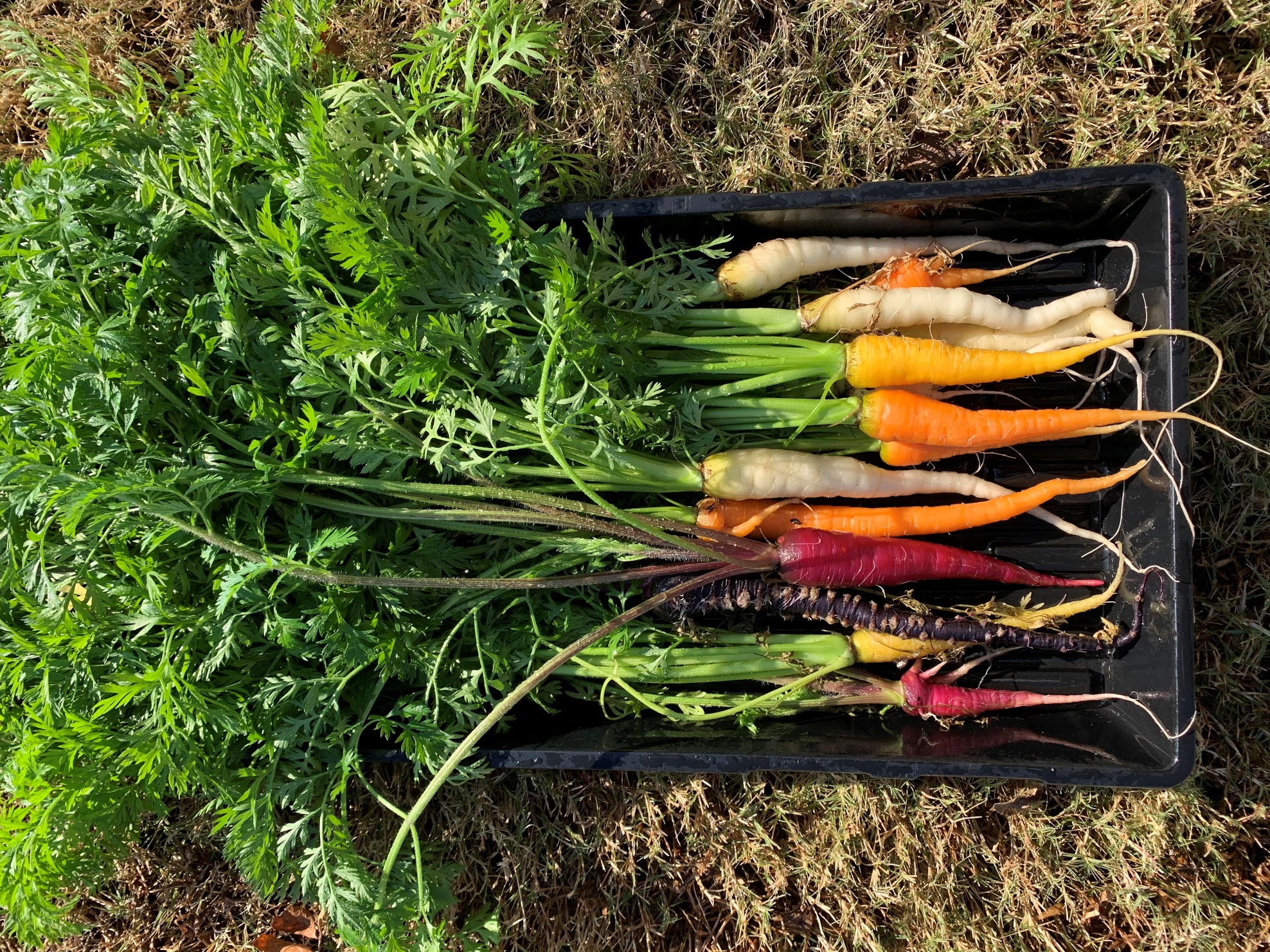
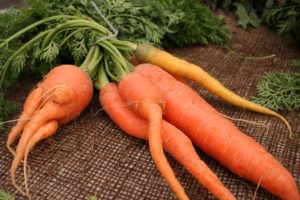
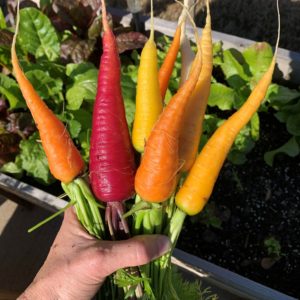

Pingback: Carrot Rainbow